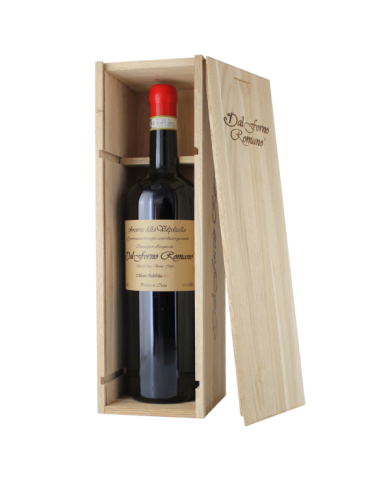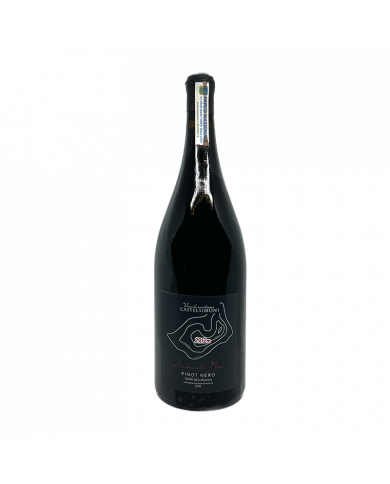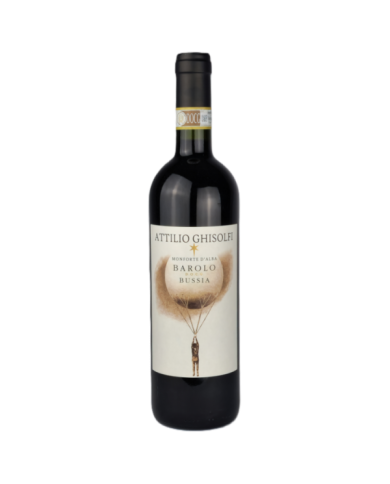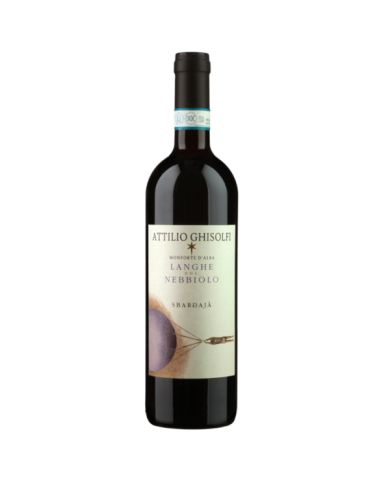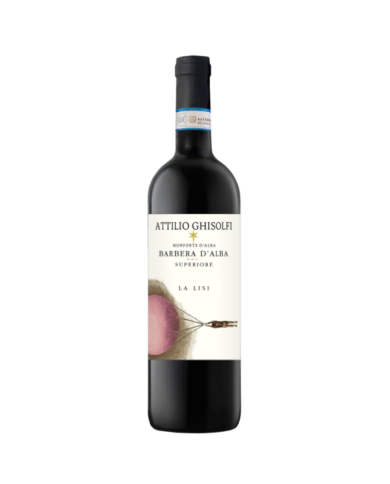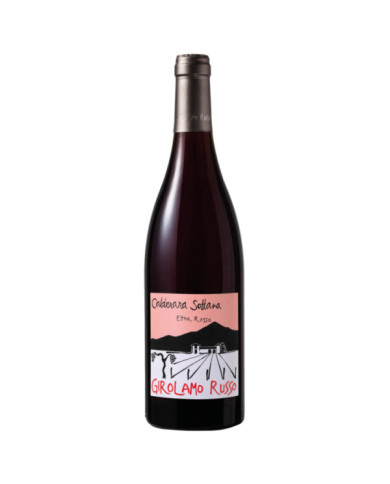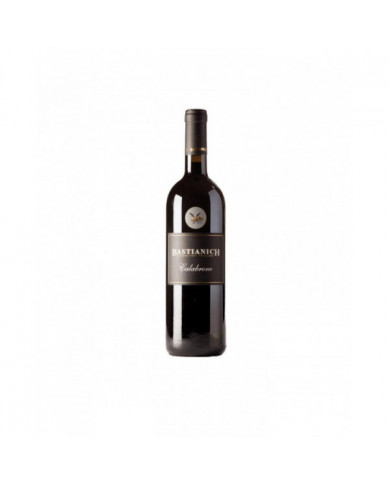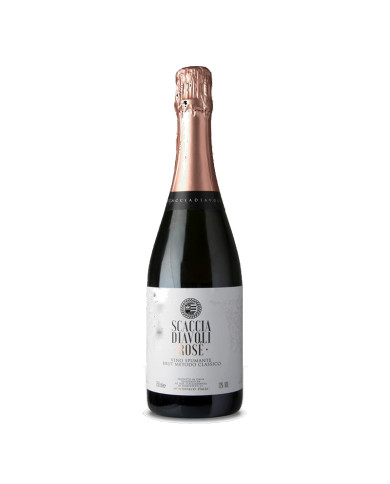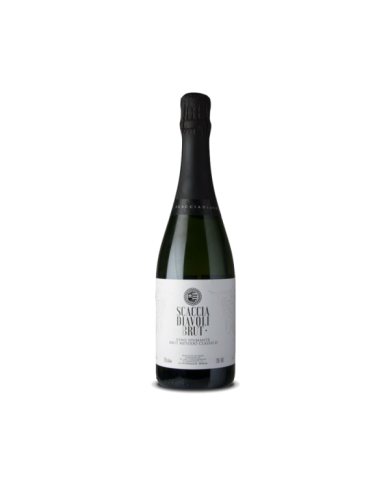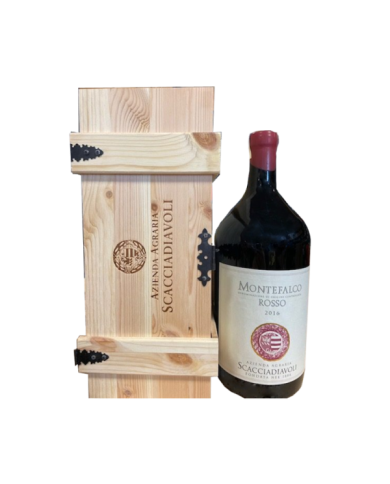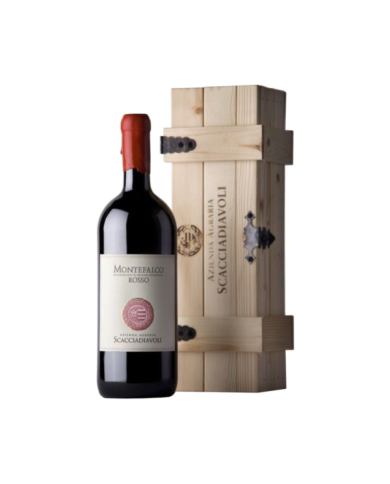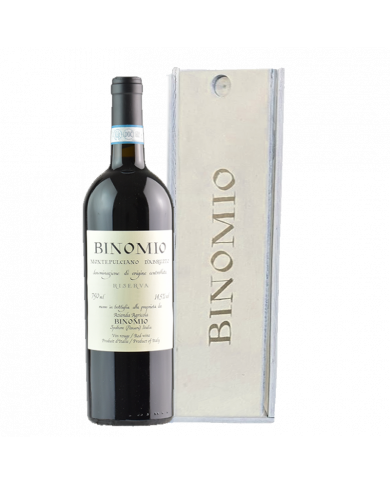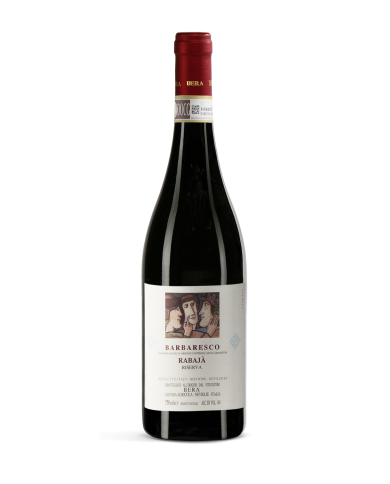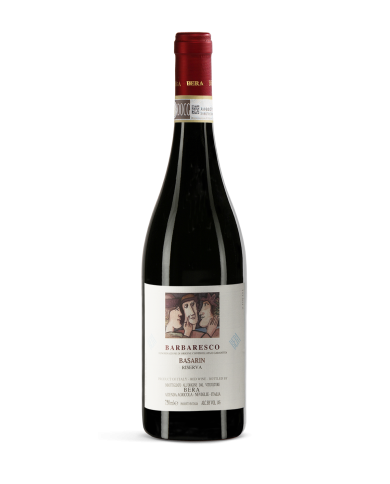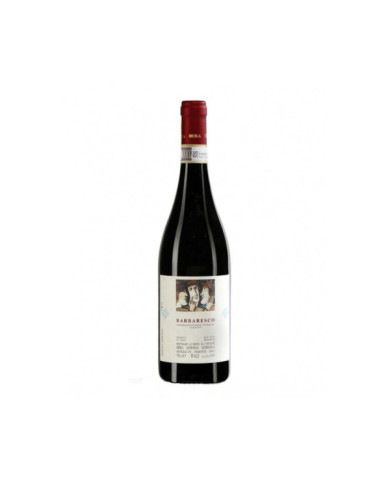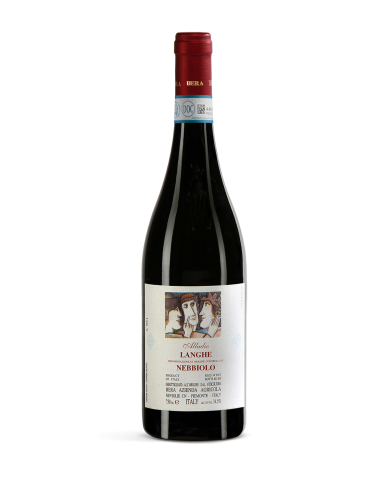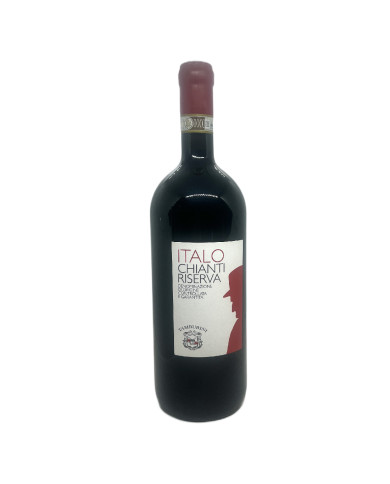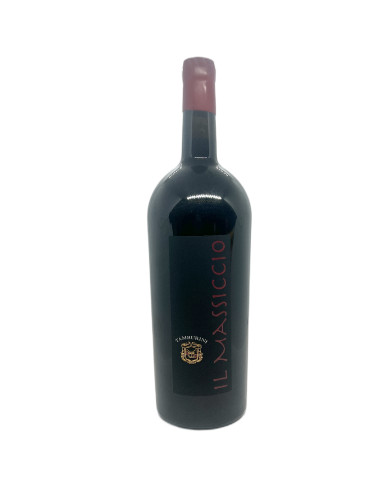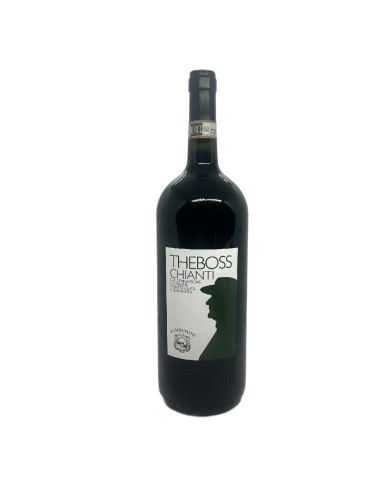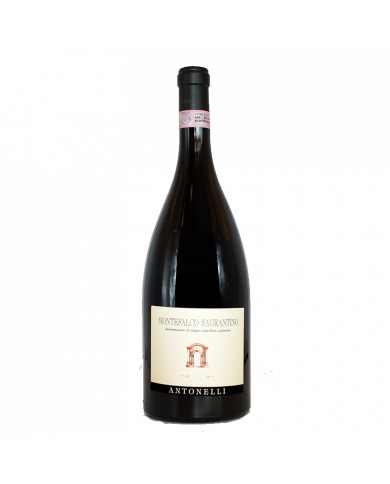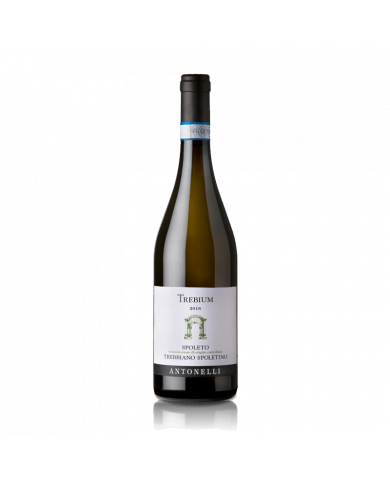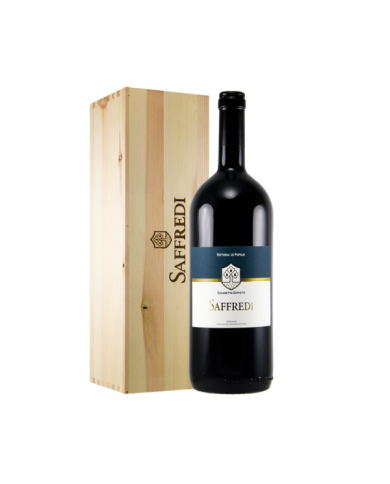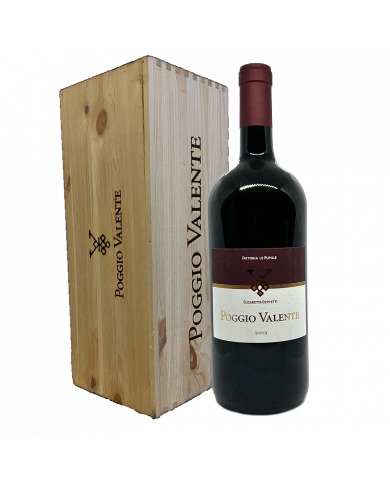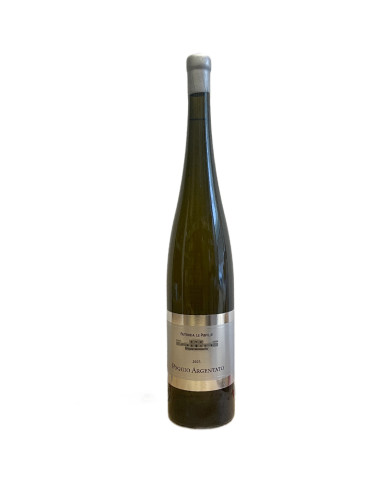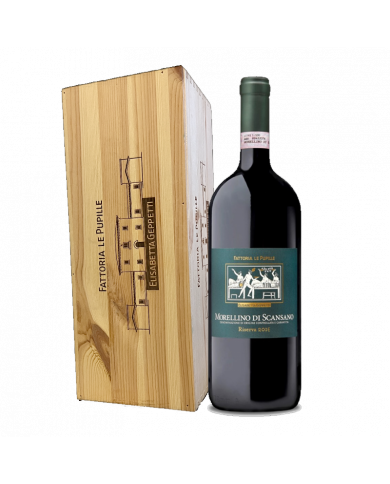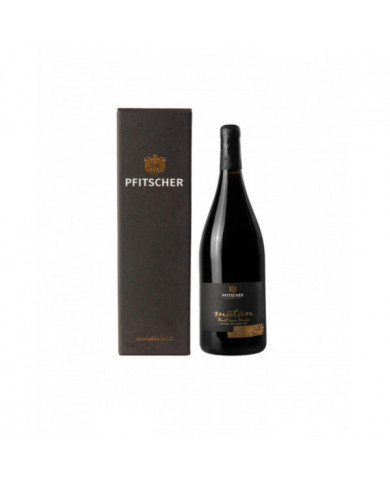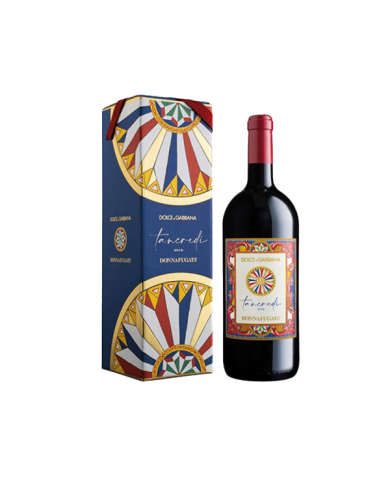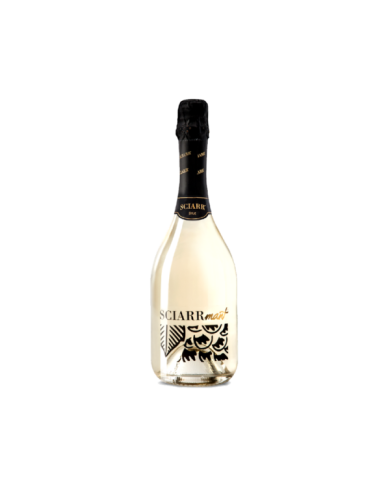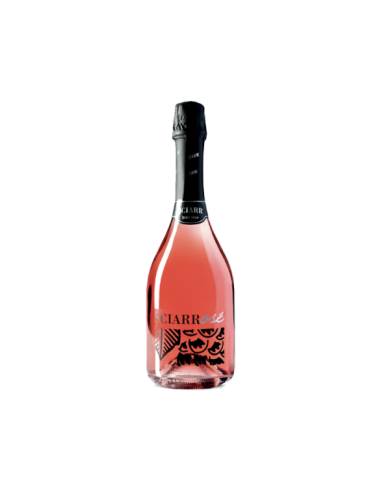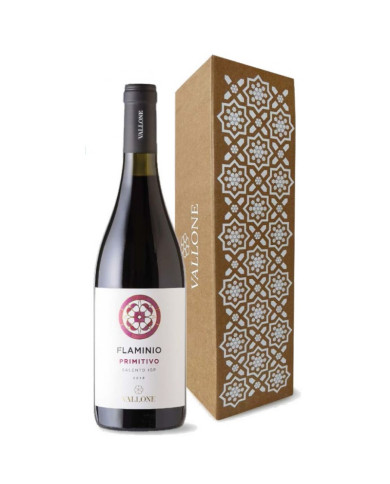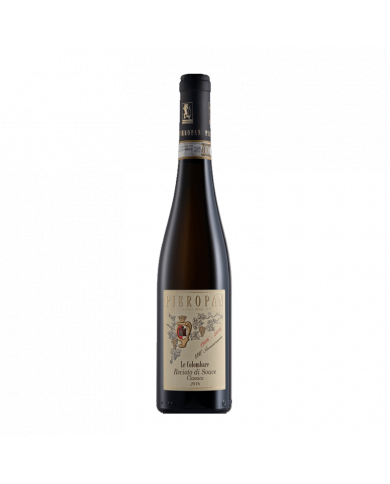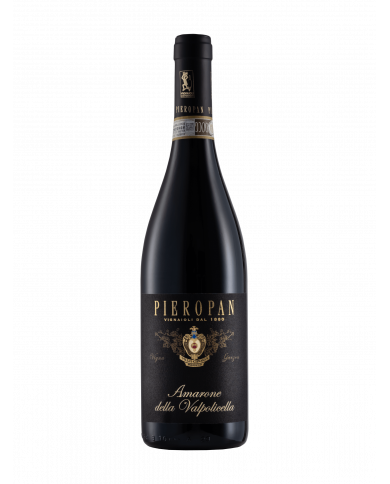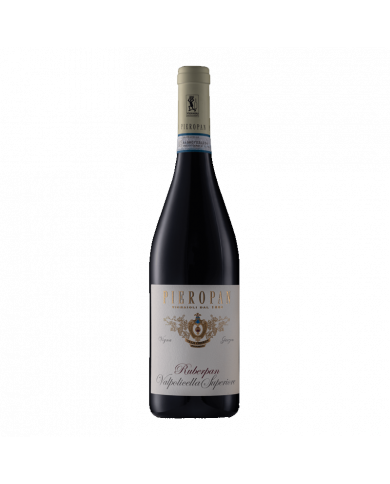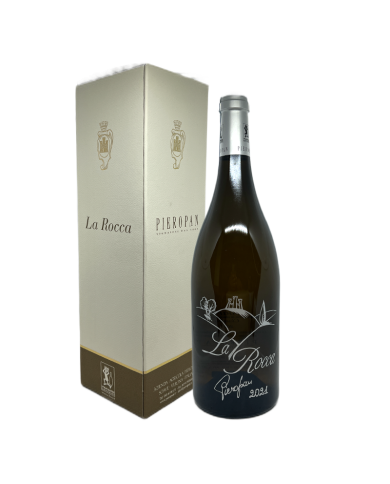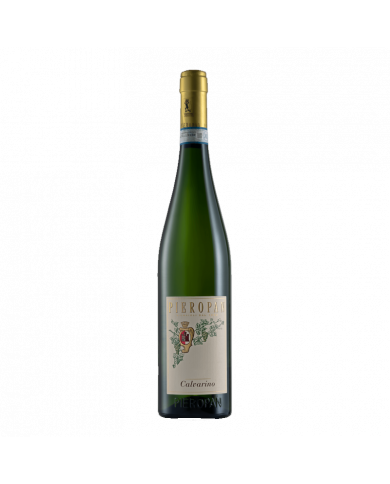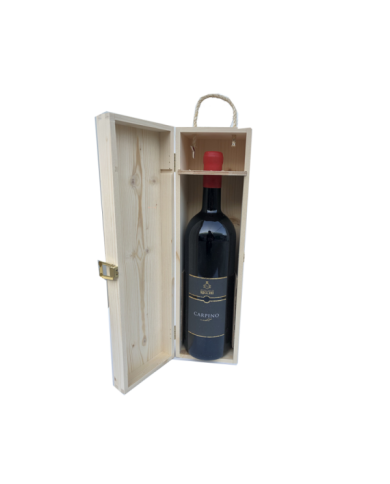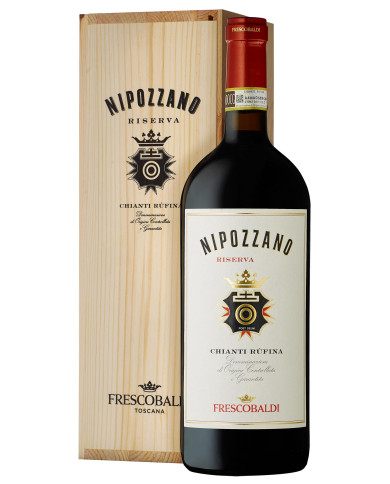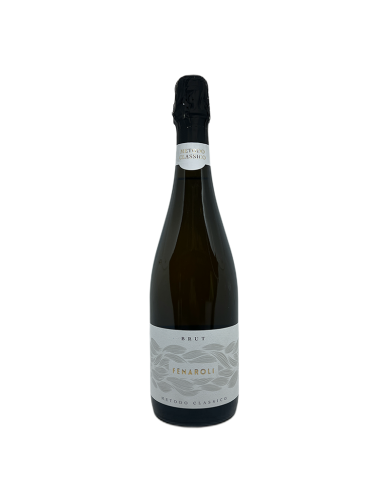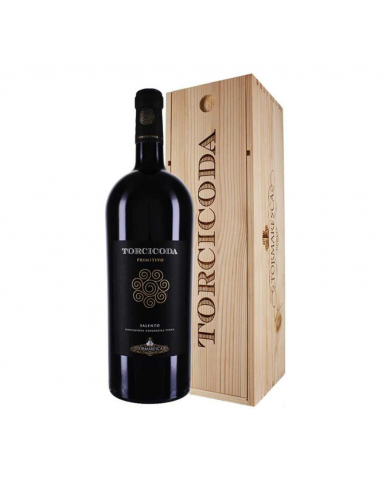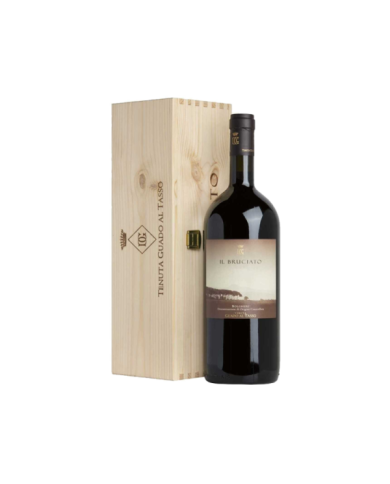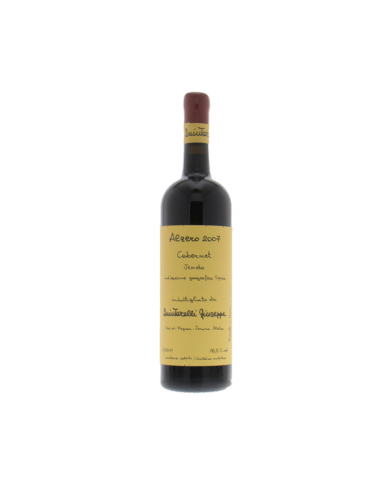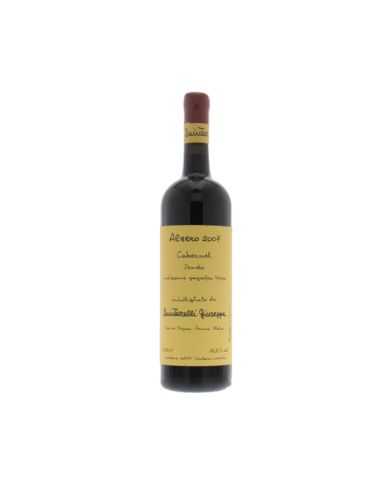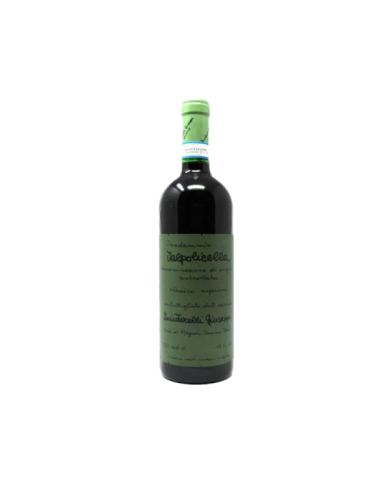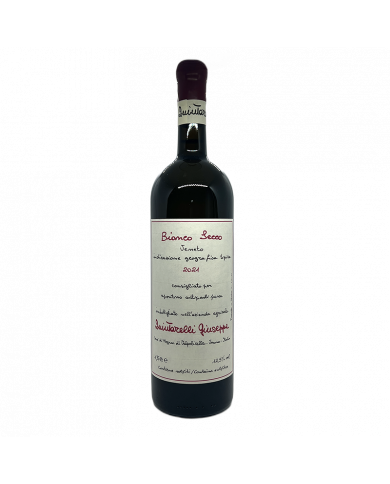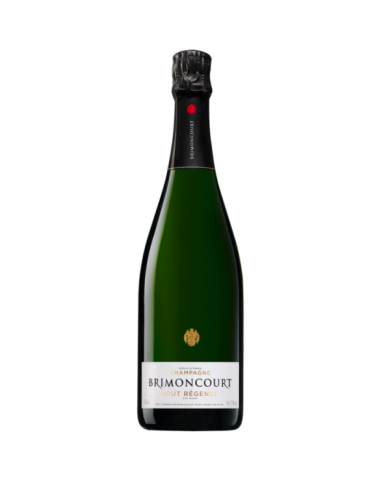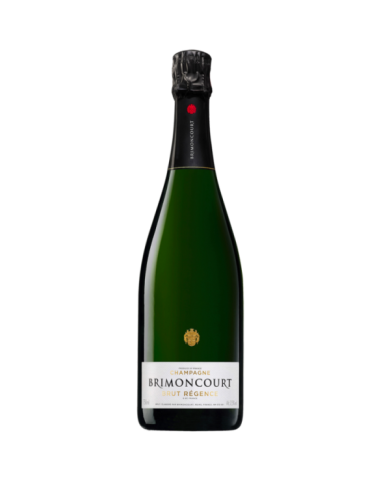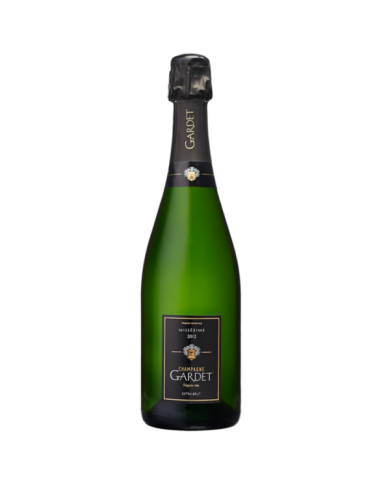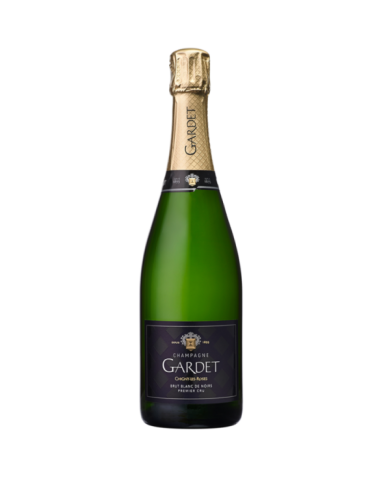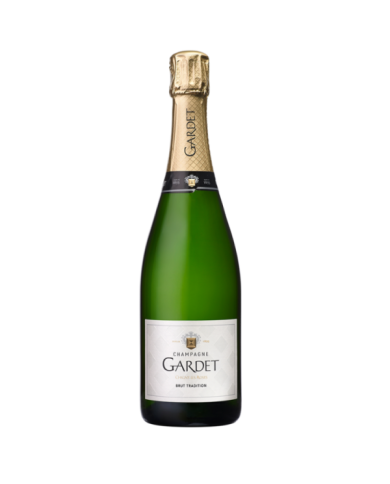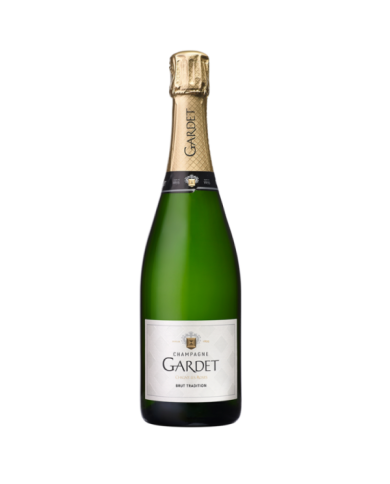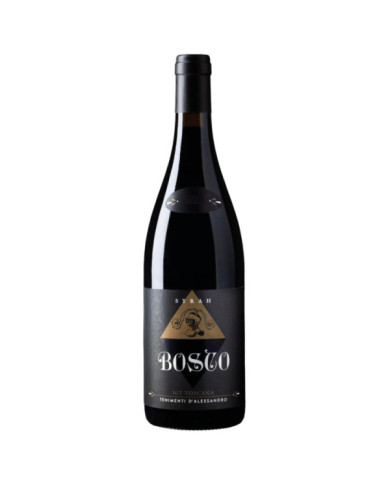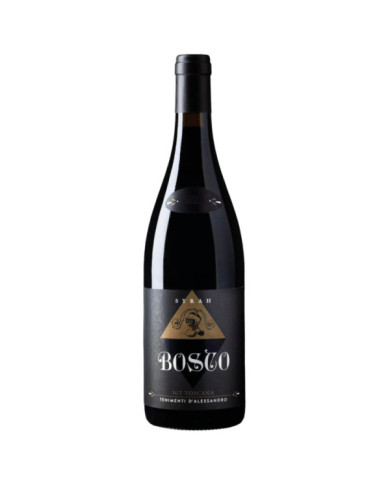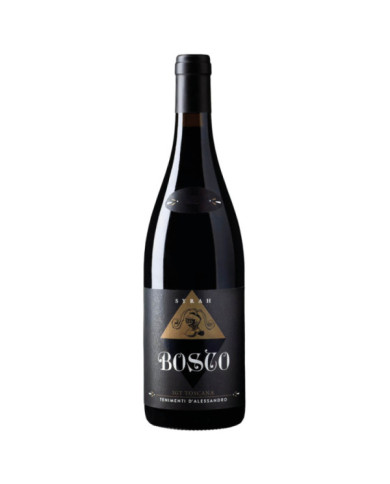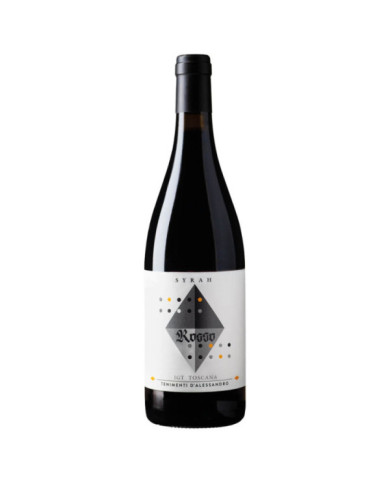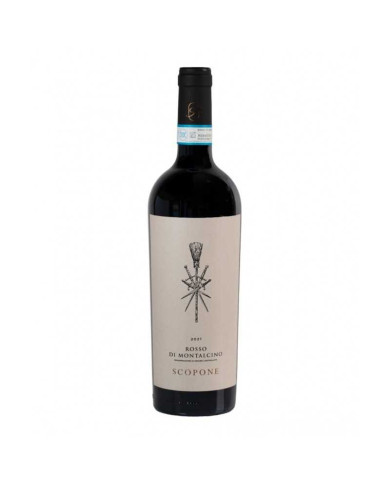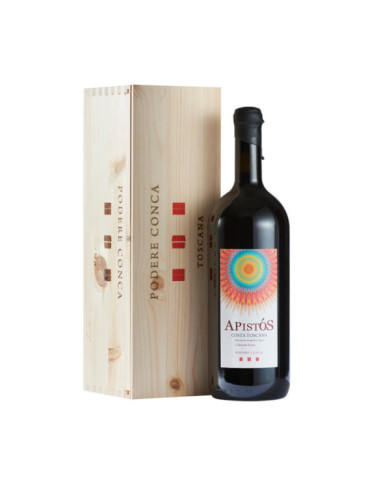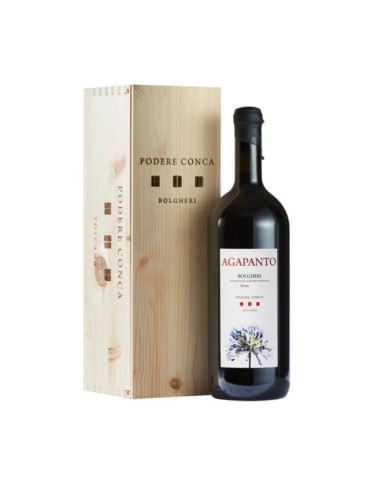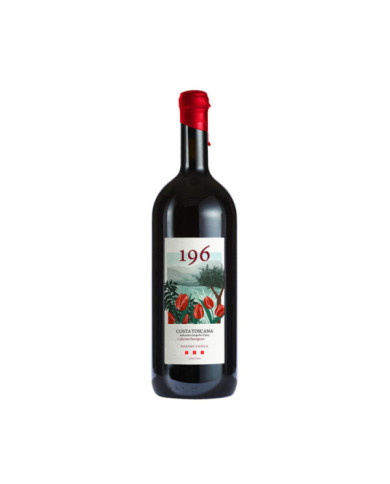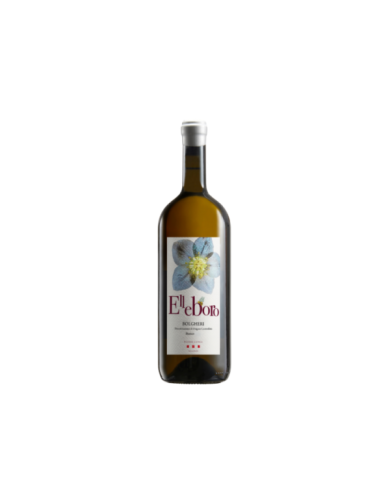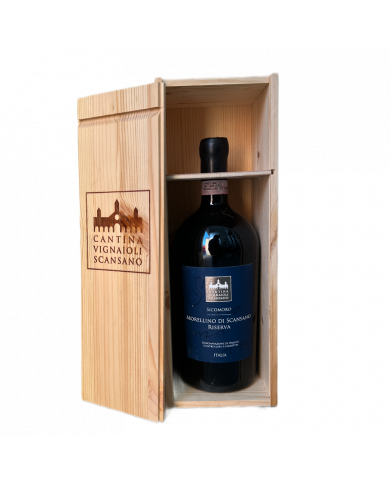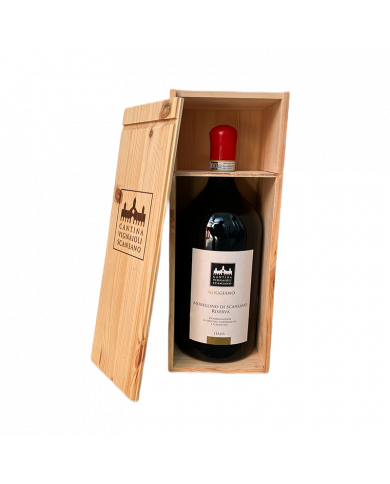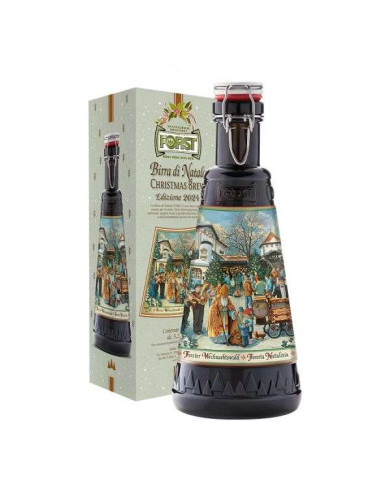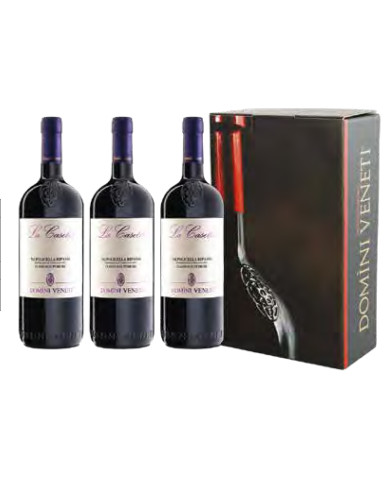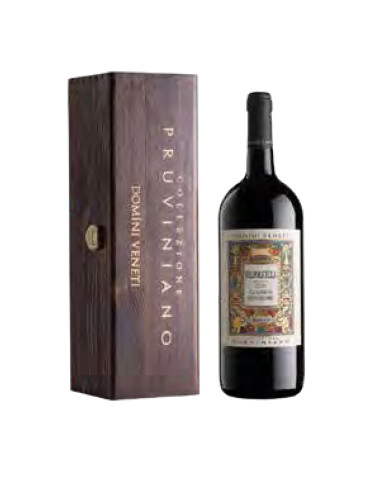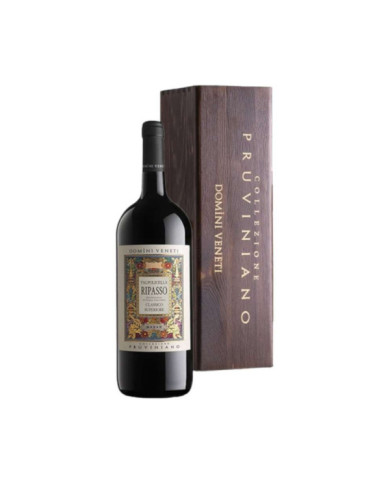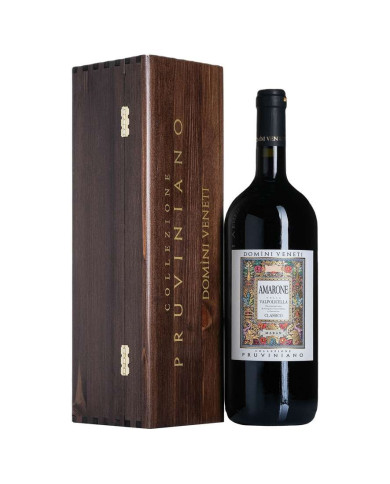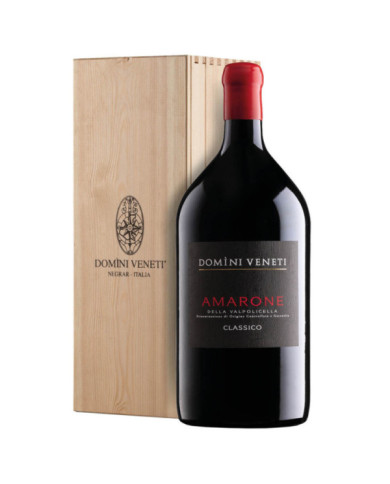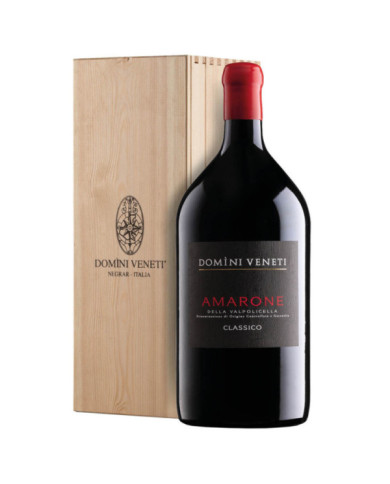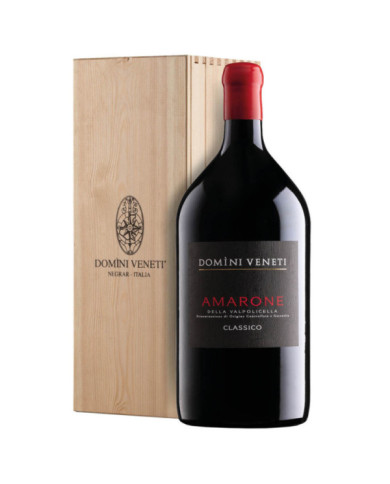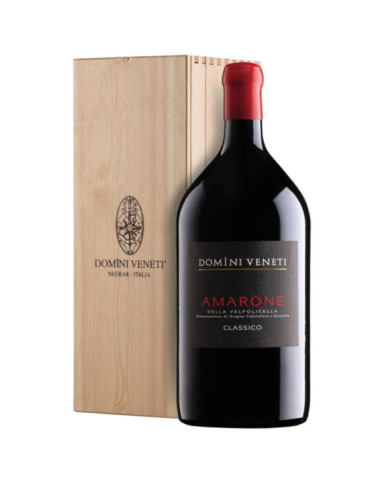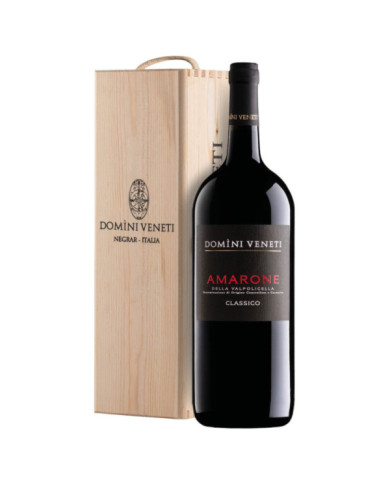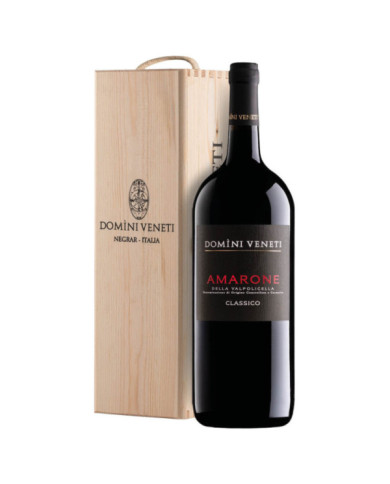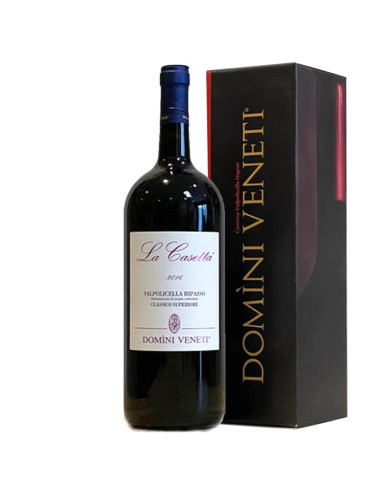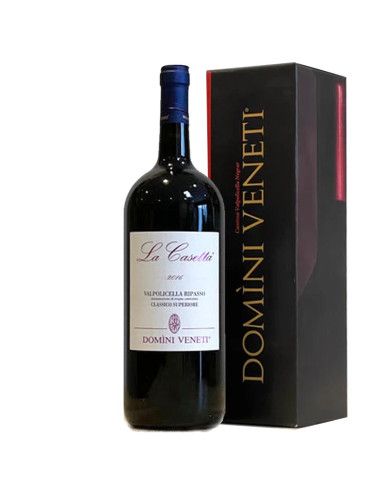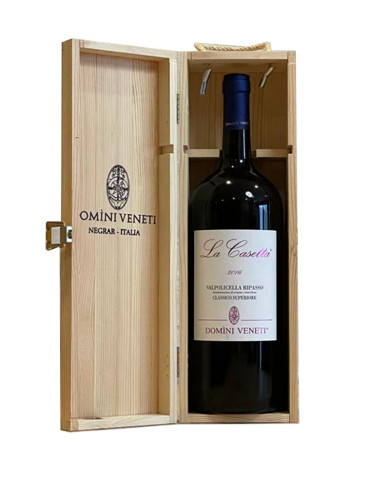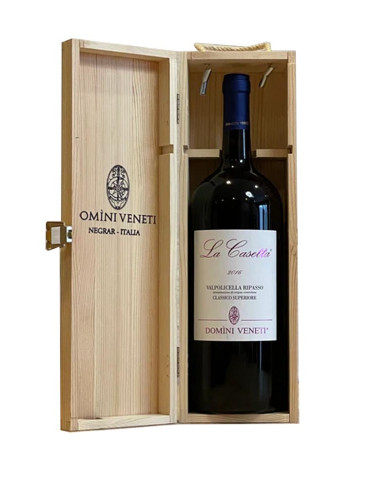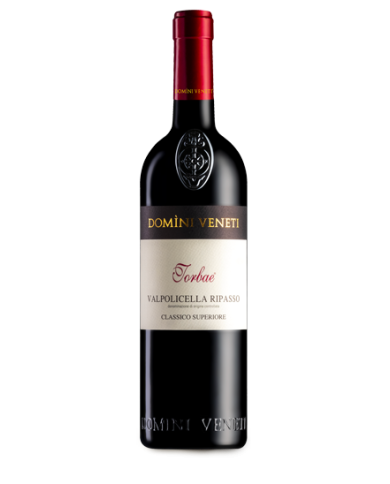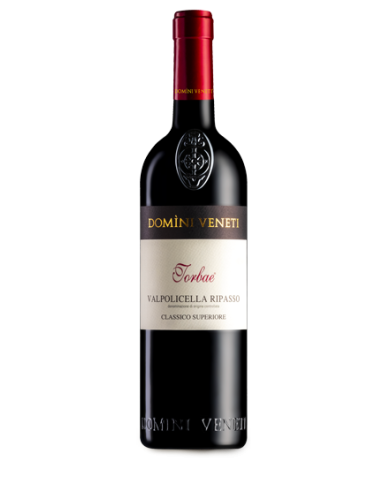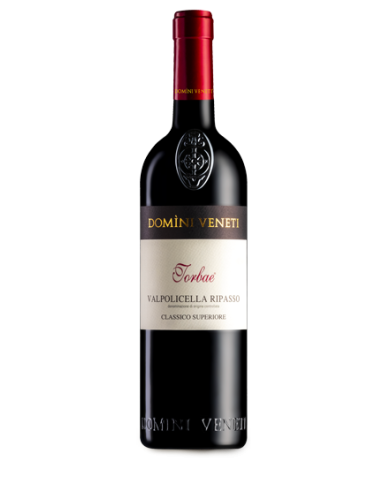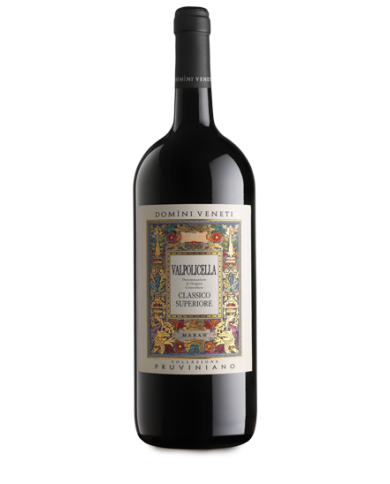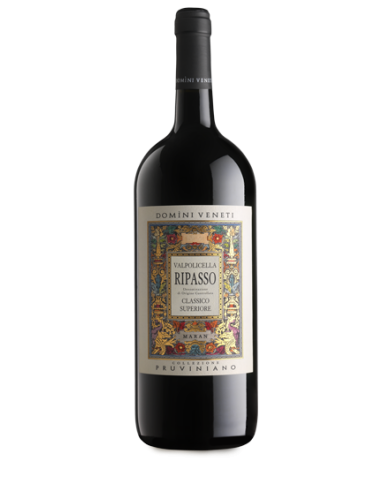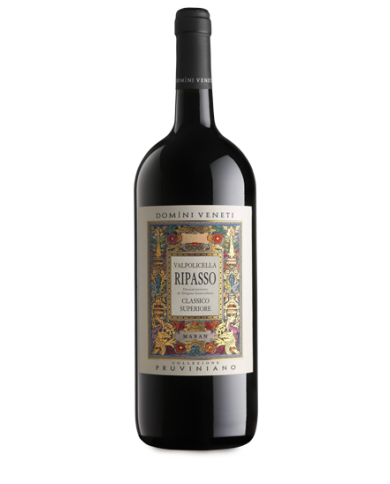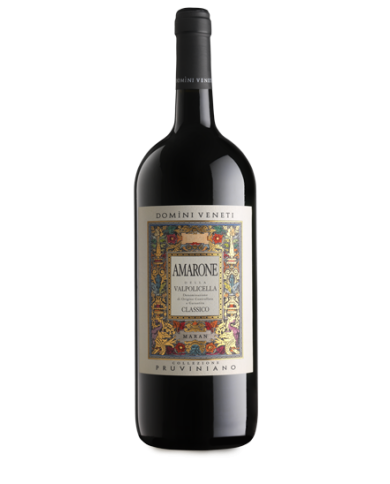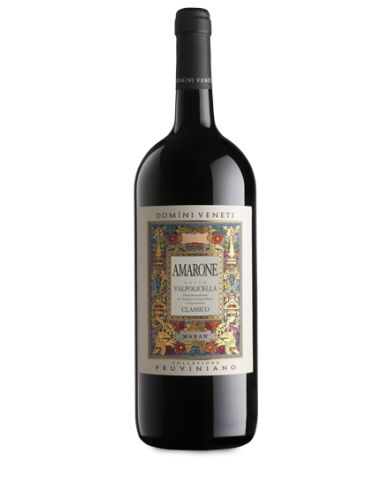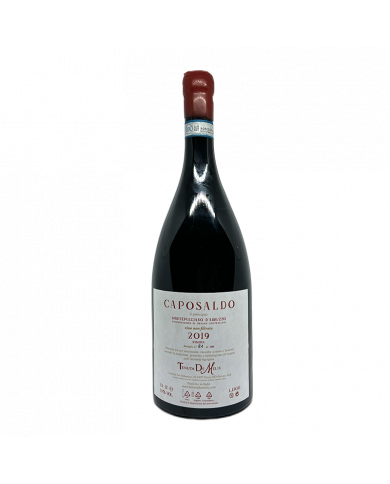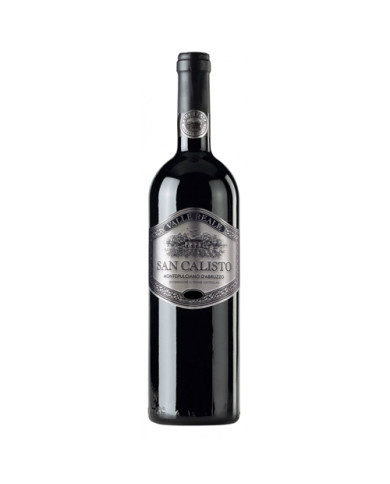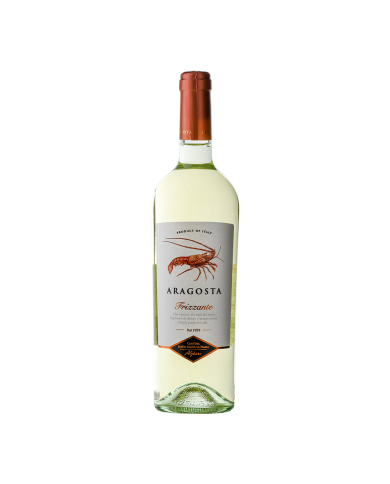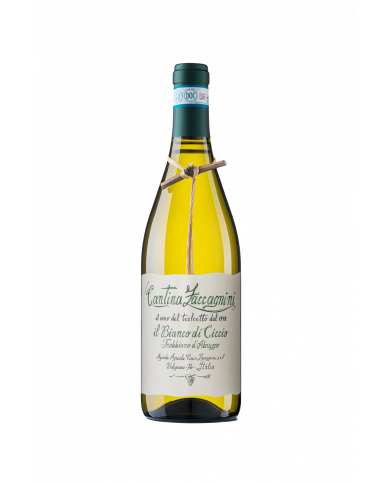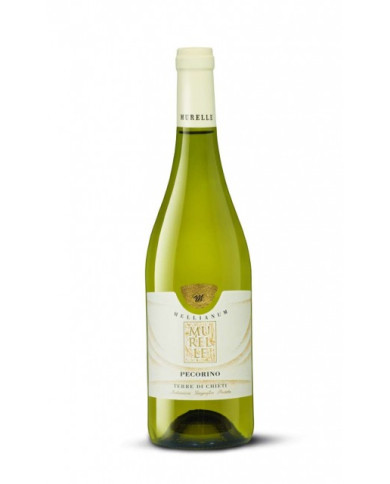Terre dell'Aquila PGI Pinot Noir Aged 1 year in large oak barrels and at least 21 months in the bottle
Questo vino rosso si presenta con un elegante colore rubino che sfuma verso il granato, promettendo complessit├Ā e profondit├Ā. Al naso, sprigiona un bouquet raffinato e floreale, con delicate note di ibisco rosso che si intrecciano a sentori di prugna matura e lampone fresco. Al palato, conquista con la sua struttura armoniosa e avvolgente, offrendo un'esperienza piena e bilanciata. I tannini, moderati e ben integrati, accompagnano con eleganza ogni sorso, rendendo il vino gi├Ā godibile fin da giovane. Il finale ├© lungo e persistente, lasciando un piacevole ricordo fruttato e vellutato.
Classe e spontanea vivacit├Ā sono le caratteristiche che distinguono il Nebbiolo. Vino antico e gi├Ā noto per le cantine di Casa Reale Savoia a partire dal 1600. ŌĆØ Sbardaj├Ā ŌĆØ ├© un termine che deriva dal dialetto Piemontese e significa ŌĆØ sparsi ŌĆō sparpagliati ed ├© stato scelto questo nome poich├® il vino ├© ottenuto da uve Nebbiolo provenienti da vigneti sparsi tra Langhe e Roero (Monforte, Monteu Roero e Priocca)
Ottenuto da uve Barbera prodotte nei vigneti situati in Monforte dŌĆÖAlba, zona Visette. Il nome La Lisi deriva da "Lisirun", il vecchio cascinale dove la nostra famiglia ha mosso i primi passi nel mondo della viticoltura.
The red Etna Calderara Sottana by Girolamo Russo was born in the vineyards located in the Contrada Calderara Sottana district in Randazzo, in the extraordinary wine-growing panorama of Etna, a terroir particularly suited to the production of wines of great value, thanks to unique temperature ranges.
Very versatile ros├®. Made with only Sagrantino grapes. Harvest by hand, soft pressing of the grapes, within six hours of harvesting. First slow fermentation, at a controlled temperature to preserve the primary aromas. Second fermentation and maturation on the yeasts strictly according to the Classic method with natural fermentation in the bottle, for at least 18 months.
Not only great reds are born from the Sagrantino grape. Vinified in white it is an original base for Scacciadiavoli 's Spumante Brut Classic Method. The characteristics of the wine are revealed in new forms: the aromas are fresh and delicate and the tannins, typical of Sagrantino, participate in the structure by joining the bubbles.
Wine of excellent workmanship. Intense ruby red color, ample, elegant perfume with hints of cherry, soft and voluminous flavor. In the ancient tradition of the territory of Montefalco, after selecting the grapes for the production of Montefalco Sagrantino, all the other red varieties were harvested for the composition of a fresher and easy-to-match wine. Scacciadiavoli takes inspiration from this tradition and perfects it by adding that touch that makes this wine even more lovable.
Wine of excellent workmanship. Intense ruby red color, ample, elegant perfume with hints of cherry, soft and voluminous flavor. In the ancient tradition of the territory of Montefalco, after selecting the grapes for the production of Montefalco Sagrantino, all the other red varieties were harvested for the composition of a fresher and easy-to-match wine. Scacciadiavoli takes inspiration from this tradition and perfects it by adding that touch that makes this wine even more lovable.
The Montepulciano variety grown in Abruzzo is, in our opinion, of clear Greek / Balkan origin due to its overall morphological characteristics. We therefore believe that it spread in remote times, perhaps pre-Roman, having found its cradle in the Peligna Valley, between the towns of Raiano and Sulmona, which history wants to have been colonized by the Peligni perhaps coming from Asia Minor or from ' Illyria, around the 12th century BC
The Montepulciano variety grown in Abruzzo is, in our opinion, of clear Greek / Balkan origin due to its overall morphological characteristics. We therefore believe that it spread in remote times, perhaps pre-Roman, having found its cradle in the Peligna Valley, between the towns of Raiano and Sulmona, which history wants to have been colonized by the Peligni perhaps coming from Asia Minor or from ' Illyria, around the 12th century BC
Wine of great nobility, austere, elegant, frank, obtained from Nebbiolo grapes from vineyards owned by the prestigious cru Rabaja in Barbaresco.
Wine of great nobility, austere, elegant, frank, obtained from Nebbiolo grapes from vineyards owned by the prestigious cru Rabaja in Barbaresco.
Elegant, austere, of great nobility; this wine made from Nebbiolo grapes has a garnet red color with orange reflections. In the glass it releases ethereal and spicy aromas, with light notes of vanilla and dried flowers, while in the mouth it is generous, of great harmony and persistence. It goes well with red meats, game and aged cheeses. Obtained from Nebbiolo grapes from vineyards in the Basarin sub-area in Neive.
Elegant, austere, of great nobility; this wine made from Nebbiolo grapes has a garnet red color with orange reflections. In the glass it releases ethereal and spicy aromas, with light notes of vanilla and dried flowers, while in the mouth it is generous, of great harmony and persistence. It goes well with red meats, game and aged cheeses. Obtained from Nebbiolo grapes from vineyards in the Basarin sub-area in Neive.
This version of Barbaresco Bera takes its name from the Serraboella hill, located in the Municipality of Neive, particularly suited to the production of noble, elegant, long-lived wines. It has a bright ruby color with orange hues, the flavor is robust and full, with spicy sensations. An excellent Barbaresco, complete and characteristic, which lends itself to accompany important dishes based on meat and game. Thanks to its longevity, it can also become a collector's item, which will be able to give us strong emotions even after twenty-five years!
Produced with Nebbiolo grapes, it is a garnet colored wine with orange reflections, lively and captivating. It has ethereal, ample and persistent aromas, reminiscent of violets and roses, a dry taste, with a good structure, pleasantly sapid, with already sweet tannins. It goes well with grilled red meats, baked pasta, medium-aged cheeses.
Denomination: THE BOSS Chianti Docg Grapes: Sangiovese and Canaiolo. Suggested pairings: Cold cuts and cured meats, roast chicken, vegetable soups and semi-mature cheese. Alcohol: 13.5% Vol. Format: 0.75 litres. Serving temperature: 18┬░C. Typology: Chianti DOCG.
The Sagrantino vine, cultivated for centuries exclusively in Montefalco, seems to have been brought there from Asia Minor by the followers of S. Francesco.
The Sagrantino vine, cultivated for centuries exclusively in Montefalco, seems to have been brought there from Asia Minor by the followers of S. Francesco.
Trebbiano Spoletino is a typical variety of the territory that extends between Montefalco, Trevi and Spoleto; perhaps the name derives from ŌĆ£TrebiumŌĆØ, Trevi in Latin.
Saffredi is a robust, rich and complex Supertuscan, produced with a Bordeaux blend and aged in barrique for 18 months. Ample and intense hints of wild berries, spices and balsamic herbs emerge from a round and velvety texture, of great balance and persistence: an exuberant expression of the Tuscan Maremma
Compact ruby red. The bouquet reveals the fragrance of red roses, black cherry, blood orange and blackberry. Followed by juniper berries, dried flowers, Tuscan cigars and undergrowth. The tannins are dense and silky which develop on a fresh and savory base. Persistent finish on blackcurrant echoes.
Poggio Argentato embodies the essence of Maremma: its land, its unique light, the breeze from the nearby sea, all narrated by a fragrant and fresh white wine, through the language of Northern vines. The singular blend of Sauvignon Blanc, Petit Manseng, Semillon and Traminer make Poggio Argentato a refined, elegant and versatile wine, perfect for the summer but also throughout the year.
Compact ruby red. The bouquet reveals the fragrance of red roses, black cherry, blood orange and blackberry. Followed by juniper berries, dried flowers, Tuscan cigars and undergrowth. The tannins are dense and silky which develop on a fresh and savory base. Persistent finish on blackcurrant echoes.
Dark ruby red. The aromas let emerge hints of ripe berries, blood orange, maraschino cherries and aromatic herbs; fades into tones of licorice, black peppercorns and dark chocolate. The taste is full, enveloping and vigorous, with a very fine tannic texture. Persistent finish on flavors of rhubarb and myrtle.
Dark ruby red. The aromas let emerge hints of ripe berries, blood orange, maraschino cherries and aromatic herbs; fades into tones of licorice, black peppercorns and dark chocolate. The taste is full, enveloping and vigorous, with a very fine tannic texture. Persistent finish on flavors of rhubarb and myrtle.
Pinot Noir Matan grows in the most prestigious areas in Montagna for this vine. Thanks to the terroir, this wine is characterized by character, elegance, delicacy and aromatic notes. The considerable temperature range between day and night, which characterizes the ripening phase of the grapes, makes this robust dark red wine, with an aroma of wild berries, particularly structured.
A prestigious red for collectors, ambassador of two Made in Italy excellences. With an intense ruby red color, Tancredi 2018 Limited Edition combines notes of red fruit, mulberry and blueberry, with balsamic notes and delicate hints of licorice and sweet tobacco. On the palate it expresses all its enveloping personality with perfectly integrated tannins and long persistence.
Sweet wine, passito, with a long tradition, which takes its name from the "recie" of the Garganega grape, lovingly selected. It is a wine much loved by the Pieropan family who have been producing it with the traditional system for several generations.
Amarone is the symbolic wine of Valpolicella and represents an exciting challenge for the Pieropan Company. This wine comes from the family's desire to compete with the unique territory of Valpolicella, in Cellore di Illasi. Amarone fulfills the dream of an important, rich and structured wine, but also elegant and fine, a distinctive element of the wines of the Pieropan company.
Amarone is the symbolic wine of Valpolicella and represents an exciting challenge for the Pieropan Company. This wine comes from the family's desire to compete with the unique territory of Valpolicella, in Cellore di Illasi. Amarone fulfills the dream of an important, rich and structured wine, but also elegant and fine, a distinctive element of the wines of the Pieropan company.
Ruberpan Valpolicella Superiore wine was born in 2003 from vineyards located in Cellore di Illasi, on Monte Garzon. The new winery is based in the prestigious Villa Cipolla Pieropan in Tregnago, in the province of Verona. The name of the wine derives from ruber, a Latin term that indicates the ruby red color and from ŌĆ£PanŌĆØ which is linked to the family surname.
Ruberpan Valpolicella Superiore wine was born in 2003 from vineyards located in Cellore di Illasi, on Monte Garzon. The new winery is based in the prestigious Villa Cipolla Pieropan in Tregnago, in the province of Verona. The name of the wine derives from ruber, a Latin term that indicates the ruby red color and from ŌĆ£PanŌĆØ which is linked to the family surname.
The La Rocca vineyard is located on the hill of Mount Rocchetta, close to the medieval Scaliger castle of Soave. La Rocca enjoys a particular microclimate, which makes it possible to obtain a wine with a unique and unreproducible bouquet and gustatory notes, typical of a pedigree wine. Innovative, since its debut in 1978, it has marked a deep groove in the territory, becoming an undisputed symbol of quality and tradition.
The Calvarino vineyard is located in the heart of the classic Soave area and represents, for the company, the ancient family fund, purchased in 1901. The name Calvarino derives from "little Calvary", due to the difficulty of working the land and the winding path to reach the bottom. The first label dates back to 1971 and represents the most faithful and authentic expression of Soave wine.
Art that bestows emotionsŌĆ” Power, vigor, elegance, an emblematic summary of all its complexity.
Ruby red with purple reflections. The nose is floral, characterized by clear hints of violet that prevail over the fruity. Followed by raspberry, black currant and black cherry accompanied by scents of licorice and spicy notes of nutmeg and white pepper. The entry in the mouth is warm, with tannins in full evidence. The texture appears decisive, a typical characteristic of Chianti R├╣fina. Long persistence. For the whole meal, it goes well with grilled red meat, baked lamb, slightly seasoned pecorino.
The Metodo Classico Spumante Brut Fenaroli is a sparkling wine made from white berried grapes from the Citra winery. A Classic Method of great style and elegance
Torcicoda di Tormaresca is a full-bodied, full and intense Primitivo, with clear aromas of berries, noble woods and coffee. The taste is consistent with the smell and reveals a good persistence. It is aged for 10 months in French and Hungarian oak barrels
Bolgheri Rosso "Il Bruciato" by Guado al Tasso is a full-bodied and intense red wine, aged for 12 months in barrique. It is one of the most famous and noble expressions in the world, always appreciated for its impeccable qualities. Warm and silky tones let emerge hints full of wild berries, red berries, herbs and balsamic spices. The Magnum format allows it to stand out, embellishing and giving prestige to the table and to important convivial occasions.
Alzero is an IGT appellation wine produced in Veneto by the renowned Giuseppe Quintarelli farm. The Alzero IGP Veneto red wine is one of the best red wines in Italy and in the world, a Venetian masterpiece that comes from Cabernet Franc, Cabernet Sauvignon and Merlot grapes .
Alzero is an IGT appellation wine produced in Veneto by the renowned Giuseppe Quintarelli farm. The Alzero IGP Veneto red wine is one of the best red wines in Italy and in the world, a Venetian masterpiece that comes from Cabernet Franc, Cabernet Sauvignon and Merlot grapes .
ŌĆ£La CasettaŌĆØ ├© un Valpolicella Superiore Ripasso eclettico, che ci rappresenta nello stile e nellŌĆÖunione fra tradizione e contemporaneit├Ā. Pluripremiato in Italia e allŌĆÖestero, ha saputo conquistare il palato di tutti, compreso quello dei millennial.
Vendemmia: fine Settembre, inizio Ottobre con selezione esclusivamente manuale. Conservazione in acciaio fino a Febbraio e ripasso sulle vinacce di Recioto. Affinamento: legno + acciaio + bottiglia.
Ruby red with light violet reflections in the glass, it presents itself to the nose with evident notes of ripe red fruit, jam and evident spiciness. Rich and satisfying on the palate, it combines an important body with a balanced flavor and tannic texture.
Montepulciano d'Abruzzo "San Calisto" by Valle Reale is an Abruzzo red wine of great territorial charm, with a vigorous and enveloping personality marked by a brushed sip that tells a vigorous freshness, accompanied by well-smooth tannins and intense mineral details.
Montepulciano d'Abruzzo "San Calisto" by Valle Reale is an Abruzzo red wine of great territorial charm, with a vigorous and enveloping personality marked by a brushed sip that tells a vigorous freshness, accompanied by well-smooth tannins and intense mineral details.
Montepulciano d'Abruzzo "San Calisto" by Valle Reale is an Abruzzo red wine of great territorial charm, with a vigorous and enveloping personality marked by a brushed sip that tells a vigorous freshness, accompanied by well-smooth tannins and intense mineral details.
Montepulciano d'Abruzzo "San Calisto" by Valle Reale is an Abruzzo red wine of great territorial charm, with a vigorous and enveloping personality marked by a brushed sip that tells a vigorous freshness, accompanied by well-smooth tannins and intense mineral details.
Large format wines are a popular choice for special occasions and for wine collectors. They come in different sizes and offer a variety of benefits over standard bottles. In this article, we'll explore everything there is to know about large format wines, from the benefits to storage and purchase.
The advantages of large format wines
Large format wines offer numerous advantages compared to standard bottles. Firstly, most wines in large formats age better than in standard bottles. This is because the amount of oxygen entering the bottle is less than in standard bottles. Additionally, the greater quantity of wine in a single container means that temperature fluctuations are less significant, reducing the risk of damage to the wine.
Secondly, large format wines are an ideal choice for special occasions. A large bottle quickly becomes the center of attention and makes an impression on guests. Also, one large bottle is much easier to handle than many smaller bottles. For example, if you're hosting a dinner party for a large group, you can use a few large bottles to make serving easier.
Dimensions of large format wines
Large format wines are available in different sizes, each with a specific name:
Magnum : 1.5 litres, equal to two standard bottles
Jeroboam : 3 litres, equal to four standard bottles
Rehoboam : 4.5 litres, equal to six standard bottles
Methuselah : 6 litres, equal to eight standard bottles
Salmanazar : 9 litres, equal to twelve standard bottles
Balthazar : 12 litres, equal to sixteen standard bottles
Nebuchadnezzar : 15 litres, equal to twenty standard bottles
Conservation of large format wines
The conservation of large format wines is an important aspect to consider. Because these bottles are larger than standard bottles, storing them can be trickier. Most wineries don't have shelves or spaces suitable for large bottles, so you need to plan ahead.
Also, large bottles may take longer to adjust to the ambient temperature in which they are stored. To avoid sudden changes in temperature, it is important to store large bottles in a cool, dry place.
Purchase of large format wines
Buying large format wines can be an excellent choice for wine collectors and for special occasions. However, it is important to pay attention to the origin of the bottles. Large bottles can be more susceptible to counterfeiting than standard bottles, so it's important to buy from reputable, reputable sellers.
What are wines in large formats?
Large format wines are bottles of wine that have a higher capacity than the classic 750 ml bottles. There are a number of larger wine bottle sizes including the Magnum (1.5 litres), Double Magnum (3 litres), Jeroboam (4.5 litres), Rehoboam (4.5 litres), Methuselah ( 6 litres), the Salmanazar (9 litres), the Balthazar (12 litres) and the Nebuchodonosor (15 litres).
Why choose wines in large formats?
There are many reasons to choose a bottle of wine in a larger format than the classic 750ml bottles. Firstly, wine in large formats has greater stability than standard bottles, thanks to the greater quantity of wine present in the bottle and the lower quantity of air that comes into contact with the wine.
Secondly, wines in large formats have a slower evolution, which means they can be kept for a longer period without undergoing any alteration. Furthermore, these wines have greater harmony and balance than standard bottles, thanks to the greater contact surface between the wine and the cork.
Finally, wines in large formats are ideal for special occasions, such as weddings, anniversaries, birthdays or corporate events, because they have a greater visual impact and are able to satisfy the palate of a greater number of people.
How to choose a large format wine?
Choosing a large format wine depends on the type of wine and personal needs. In general, the wines best suited to larger formats are those that require a longer aging period, such as structured red wines, complex white wines or sweet dessert wines.
Furthermore, it is important to choose a high quality wine, because the greater quantity of wine present in the bottle also increases the possibility that any defects will appear. It is therefore important to buy wines in large formats from reliable retailers who offer guarantees on the quality of the wine and its conservation.
Finally, it is important to consider the number of people who will participate in the event, in order to choose the right bottle format. For example, a bottle of Magnum (1.5 litres) is enough for around 10 people, while a bottle of Balthazar (12 litres) can cater for up to 100 people.
In conclusion, wines in large formats are an excellent choice for special occasions and for wine collectors, thanks to their greater stability, their ability to evolve more slowly and their ability to satisfy the palate of a greater number of people.

